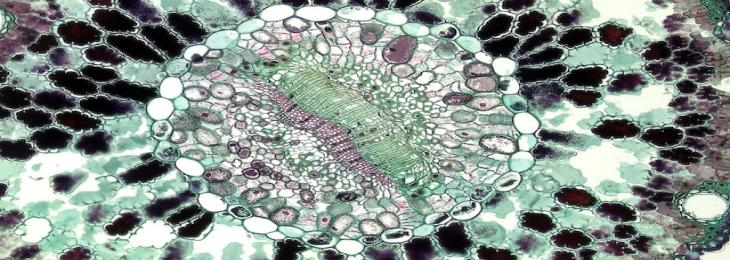
The most recent discovery made by researchers is the capability to land on the cell membrane and skillfully apply just little impulse to particular cellular receptors.
The mechanoreceptors can receive very small forces from the robots. It enables the investigators to gauge the resulting molecular and metabolic alterations. Indeed, the modern technology helpful for fundamental cellular research. It might also open the door for comparable nanorobots with medical uses. It is given the capacity to communicate with particular cellular receptors. A DNA-based nanorobot known as the Nano-winch has been created by researchers at INSERM in France and their associates. DNA molecules and the "DNA Origami" method are used to create the tiny object. The tiny robot seems to be so minuscule that it can interact with the "mechanoreceptors" that the cell employs to sense mechanical forces happening on it when it lands on a cell surface.
The Nano-winch is the name given to the invention by the researchers as a "programmable DNA origami-based molecular actuator." It is made up combining three origami DNA constructions, and when it touches a cell's membrane, it can exert a capability of one piconewton on a receptor. To enable precise targeting, the robots have components that can recognise and tie up to multiple mechanoreceptors simultaneously. If the technology develops further and enters the medical field in the upcoming days.It could be extremely helpful When other receptors are activated to produce therapeutic effects. The creation Evolving a robot that enables the administration of piconewton forces both in vitro and in vivo is a significant technological advancement.
For in vivo applications, the robot's biocompatibility can be seen as a benefit. However, it might also be a vulnerability to enzymes that can destroy DNA. The next stage for the researchers would be to investigate how they may alter the robot's interface to lessen the enzymes' ability to attack it.






